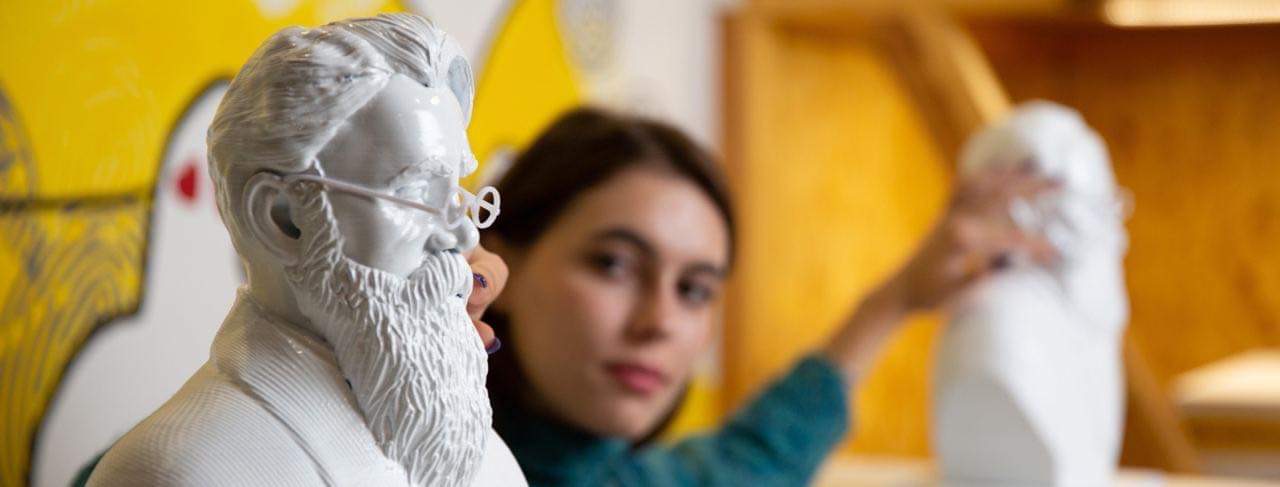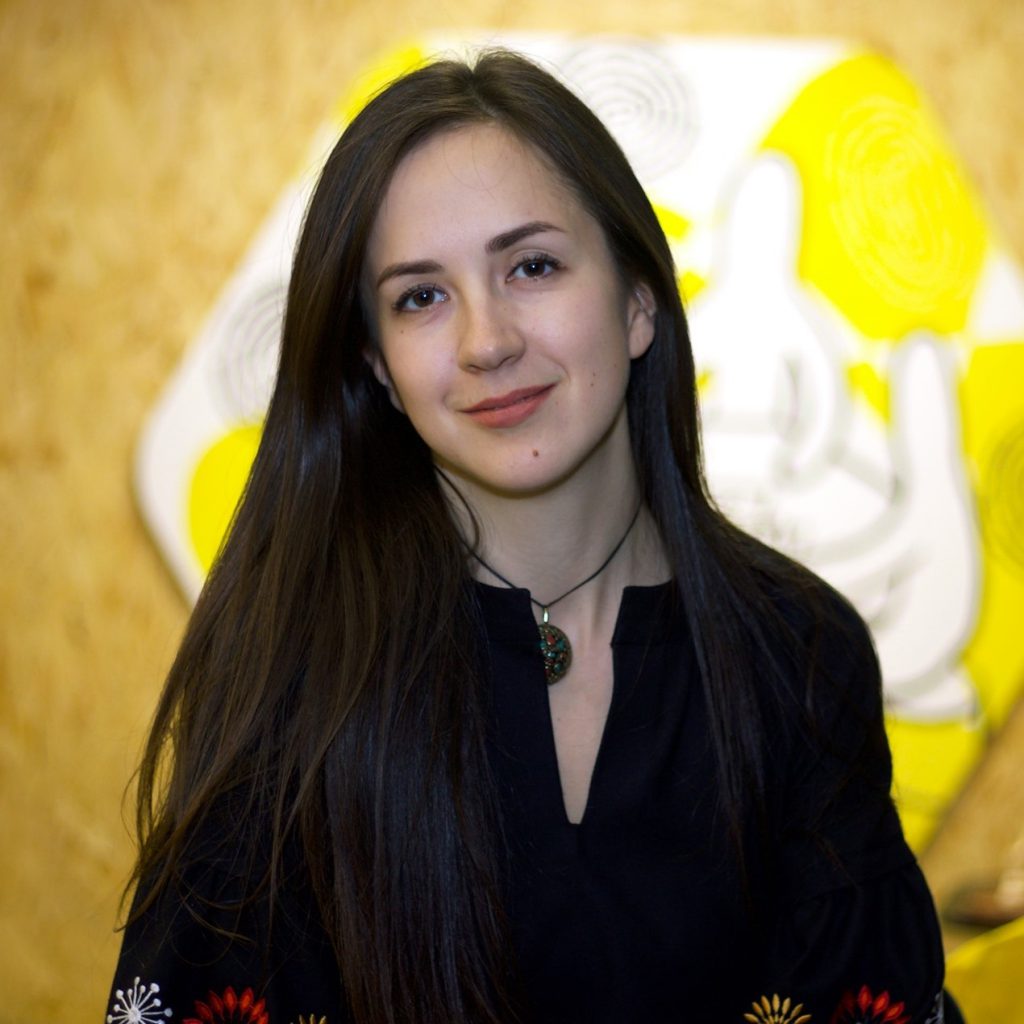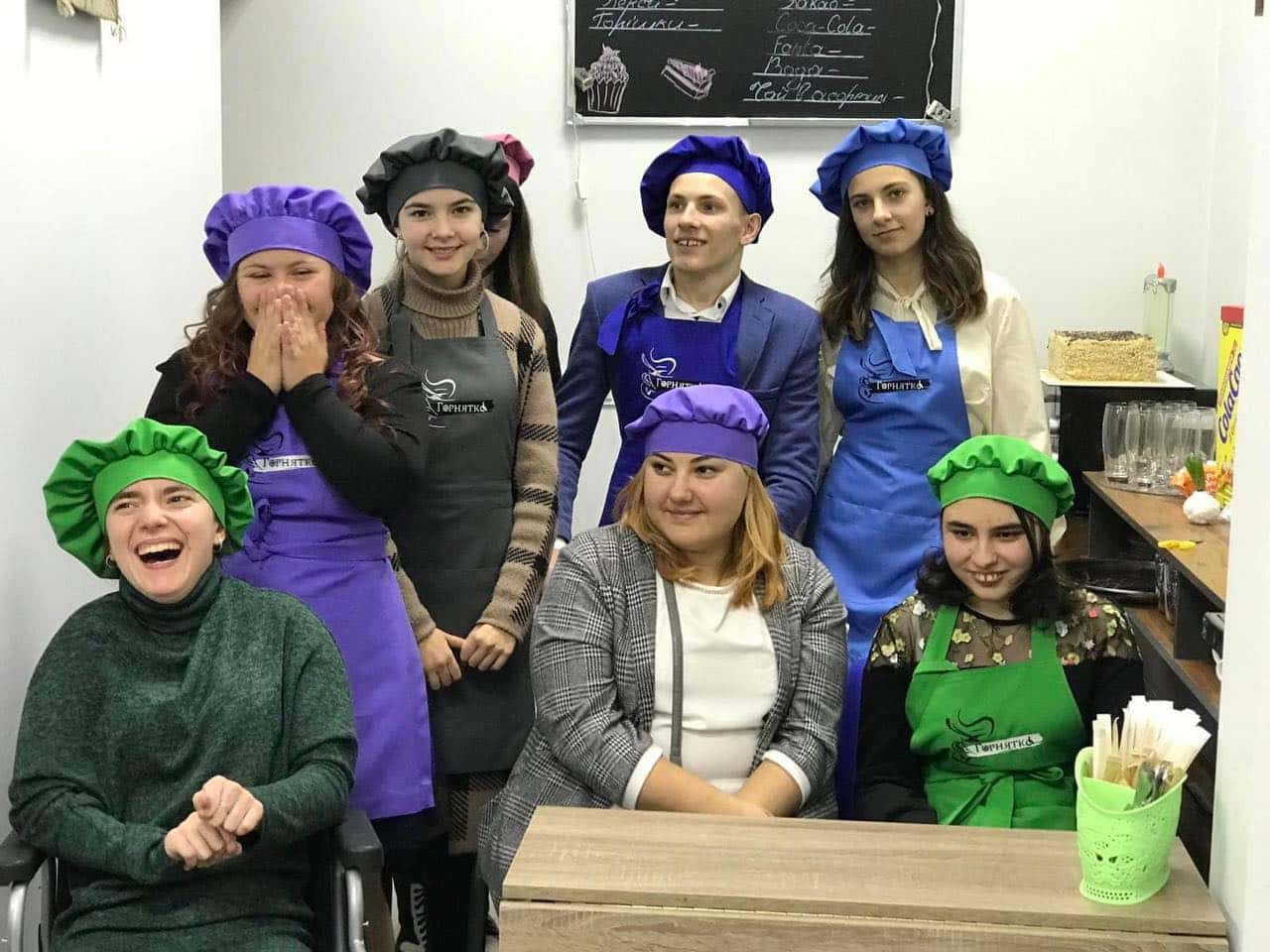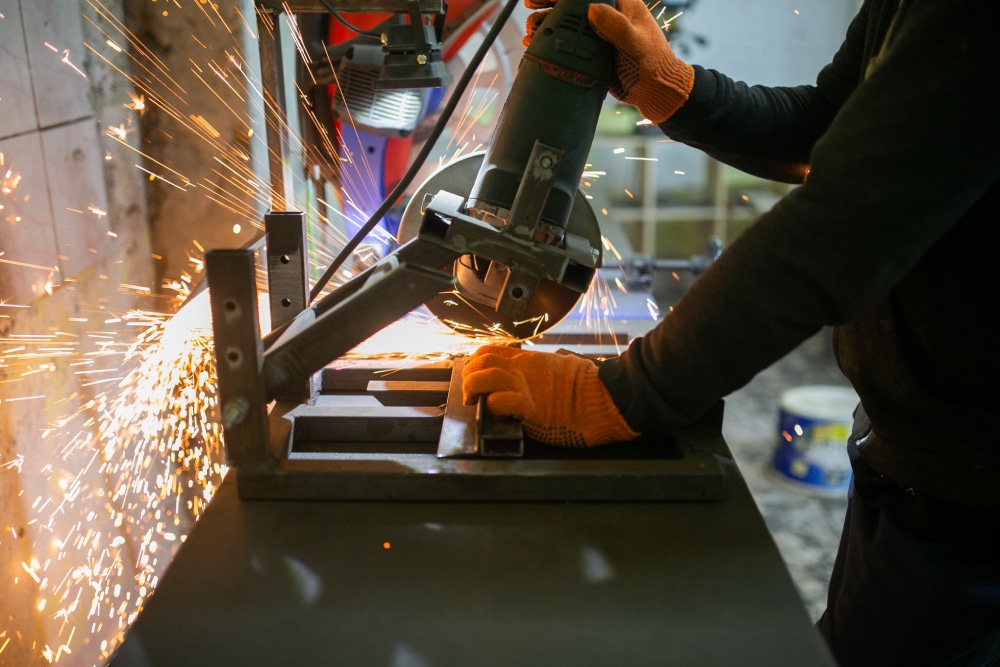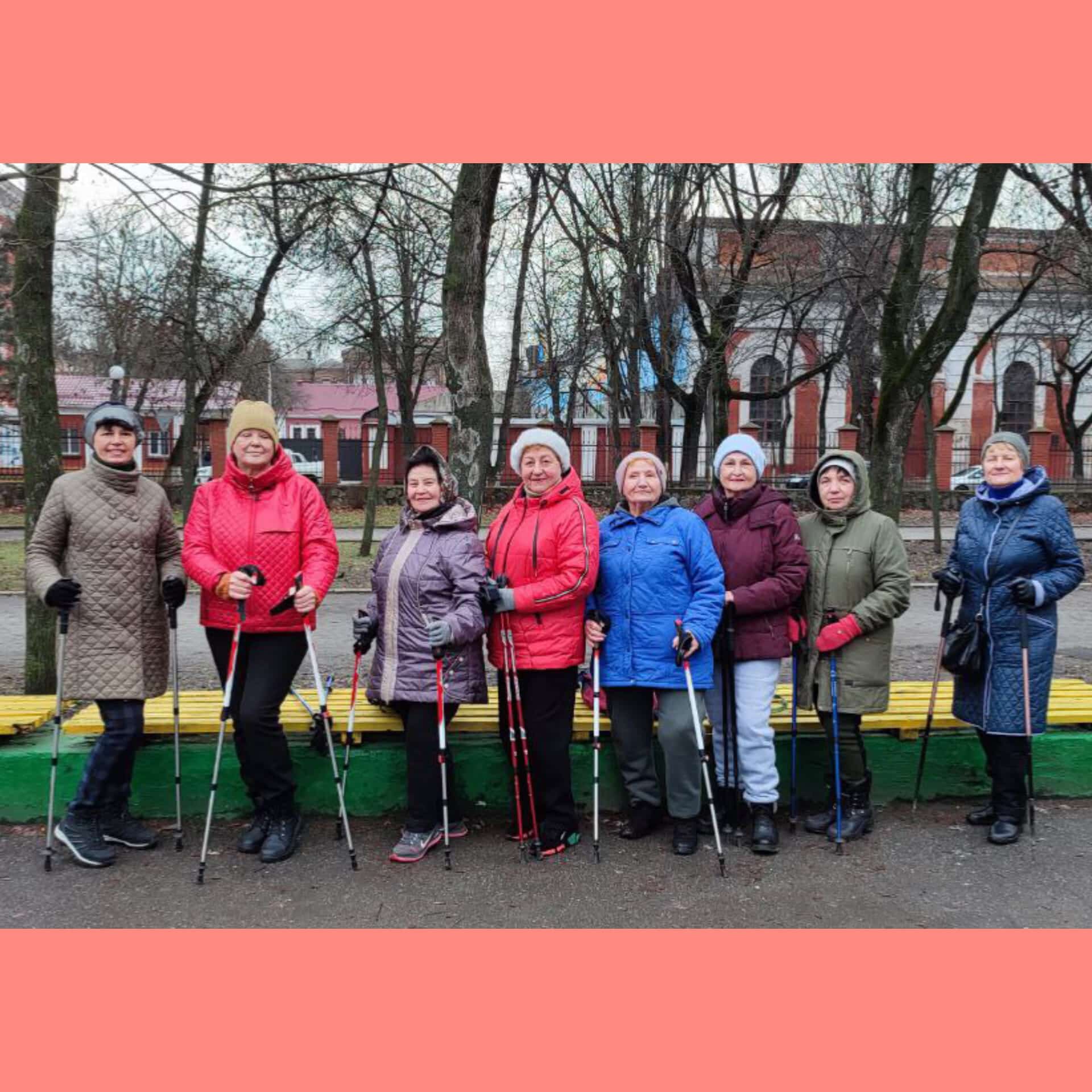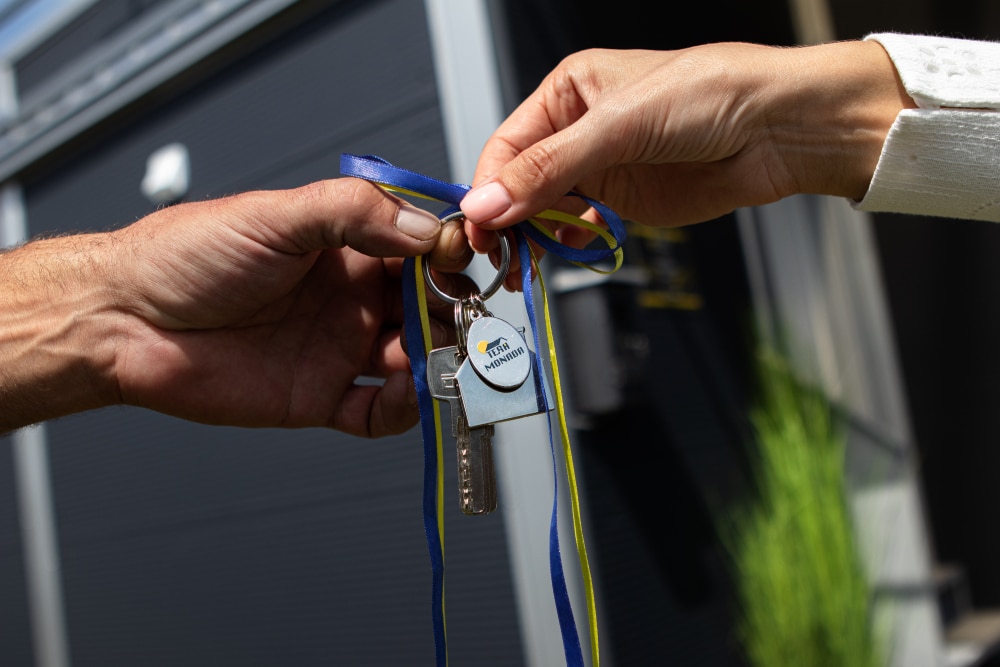What is it like to live in the dark? And how does a person feel when s/he loses the ability to see? The answer this question, Media of Great Stories decided to visit the museum 3 past midnight where all tours are held in complete darkness and accompanied by blind guides.
Feelings in the dark
The five of us went to the museum (usually there can be no more than five people in one group). One of the girls was already here, so on the way to the museum she told us how we will now “immerse ourselves in a new environment and be able to experience new sensations.” I was quite skeptical of her words.
“No light there, that’s not a big deal!” I said. “We will feel it only for first three minutes. Then we will get used to it and see everything.”
I wish I were right!
There was no light in the museum at all, as if someone with superpowers had created absolute darkness. To keep the darkness, we were asked before the tour to leave in the locker all the gadgets that give at least a minimum ray of light.
Realizing that my eyes are used to darkness, but still I see nothing, I felt panic. All the skepticism seemed to be removed by hand.
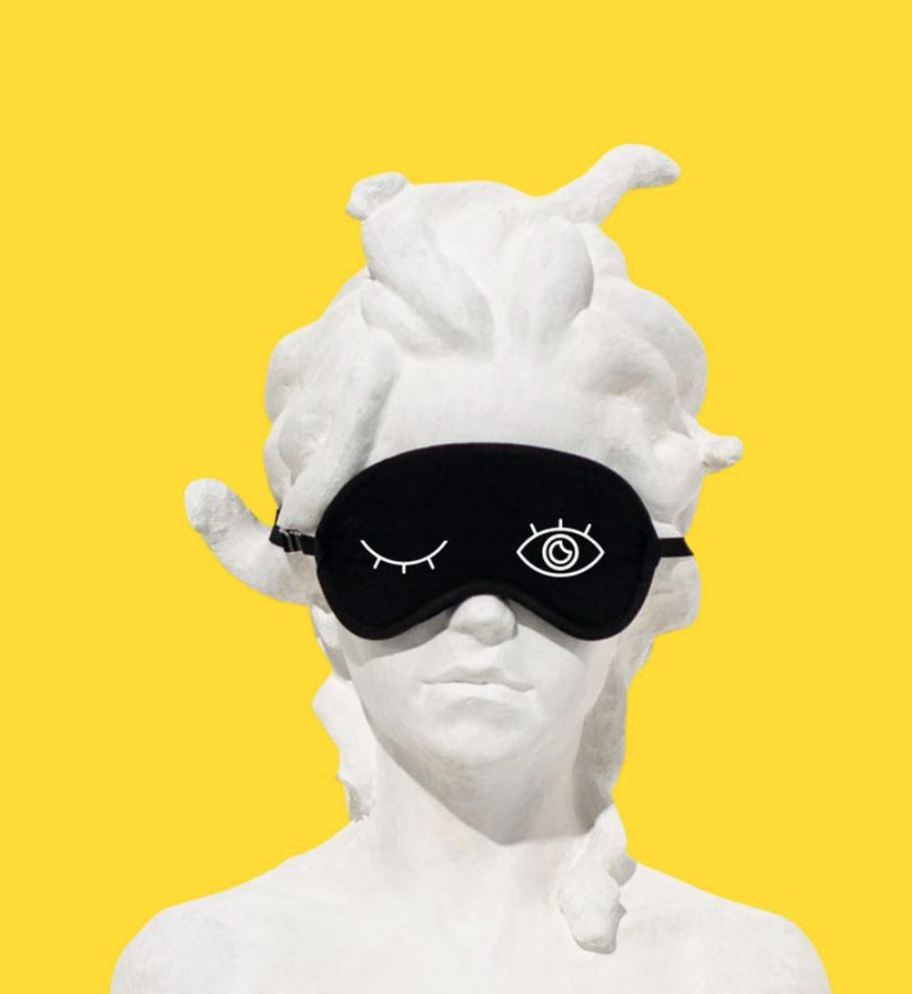
“Help!” I grabbed the hand of the girl guide, “I’m having a panic attack!”
“Don’t worry,” she touched my shoulder lightly. We didn’t see her before the tour, so I had no idea what she looked like. All I heard was her soft, gentle voice.
“It’s safe here,” the guide continued. “If you’re scared, you can go out. But I advise you to just relax and understand how limitless the possibilities of the human body are when it comes to survival.
She was right. As soon as I calmed down, a chain reaction went through my body. The brain received a signal that the vision is off, after which the sense of smell immediately improved. In ordinary life, I already have a great sense of smell, but in extreme conditions – and this was the case – the nose began to work even better and faster.
The brain received a signal that the vision is off, after which the sense of smell immediately improved.
I heard the smell of dust and metal, I understood from the perfume which side my friend Ksenia was standing on, I caught the scent of the girl guide’s shampoo, and I guessed that the location we are in now is the market: it smelled of spices and plastic pallets where vegetables are stored.
In a while, I realized that my hearing was also sharpened.
“Take the cane, we’ll cross the road now,” I heard the guide’s voice. “Be careful, in front of you may be a step or a curb. Remember that we are on the street, so don’t forget to use the cane. It will help to read the road in front of you.
The guide stood aside, but I heard her voice as clearly as if she were saying everything straight to my ear. At the same time, I heard the click of a traffic light, the squeal of brakes at an intersection, and someone’s quiet “Ah!” (It was one of the girls who hit something).
A sense of space and time
The tour lasts for an hour. During this time, you visit several locations that reflect our daily lives, with their sounds, smells and tactile sensations. You cross the road at a busy intersection; you walk around the market looking for bananas; you drink the juice on the bench and the taste immediately determines that it is multivitamin.
And then you go in the doorway, go up the stairs, find the apartment, open the door with a key – it turns out that all this is very difficult to do for the first time just by touch.
The apartment seems tiny – hallway-kitchen, where you find a jar of tea and, chewing a couple of leaves, the sour taste, you know that it is a hibiscus tea. Next is a small room with a velvet sofa to the touch (for some reason it seems to you that it must be dark green or burgundy, because have you ever seen a velvet sofa of different color?), piano (probably it’s black, a thought glimpsed in my head) and Soviet-style cupboard-buffet (you understand that it is that old as you touch the cracked varnish).
By the way, it turns out that the apartment is actually quite large – almost 40 square meters. But people in the dark have 2 types of sense of space: for some people, it seems just boundless, for others, it seems small and shrinks around.
The girl guide was right: we can do much more than we think. The possibilities of the human body are limitless when it comes to survival. Just in everyday life, many of them are put in energy saving mode.
How a museum was born
According to the museum’s co-founder Alina Marnenko, it has been open for more than four years. Alina opened it together with her friend Volodymyr Didus after they heard a friend telling them about a similar project in Germany.
“I was very impressed that the hour of the tour can have such an impact on people and their lives. I really wanted to try such a walk in the dark, but there were no such projects in Ukraine,”
says Alina.
Therefore, it was decided to open a museum in Kyiv. It was critical for Alina and Volodymyr not to visit other museums of this type until they open their own, so as not to limit themselves to any framework.
There are currently six guides working at the 3 past midnight Museum. For some, it is the only job, some combine it with other activities.
“Depending on this, the guides have a different number of days and schedule: some work 2 days a week, some only in the evenings or on weekends,” says Alina. “Accordingly, the payment of guides depends on the number of tours. Also, since we are open until 22:00, and at this time there are already difficulties with getting home by public transport, we cover the cost of taxi in the evening to our guides.”
According to Alina, one of the biggest advantages of the Museum of Darkness is that the participants of the tour get a unique opportunity to feel new experiences and draw their own conclusions.
“Some people don’t even think about certain things until they encounter them in their own experience – for example, how inconvenient it is when somebody parks a car across the sidewalk,”
says Alina.
This experience contributes a lot to empathy, she says. Many people mistakenly believe that the blind do not leave the house, do not work and do not have fun. However, after the tour, their stereotypes are broken. Moreover, the museum guides inspire and motivate the visitors.
And thanks to the tour, visitors can change their attitude to the blind and consider them as potential candidates for their teams, businesses and projects. Alina sees the museum’s most important mission in breaking this stereotypical attitude towards people with disabilities.

